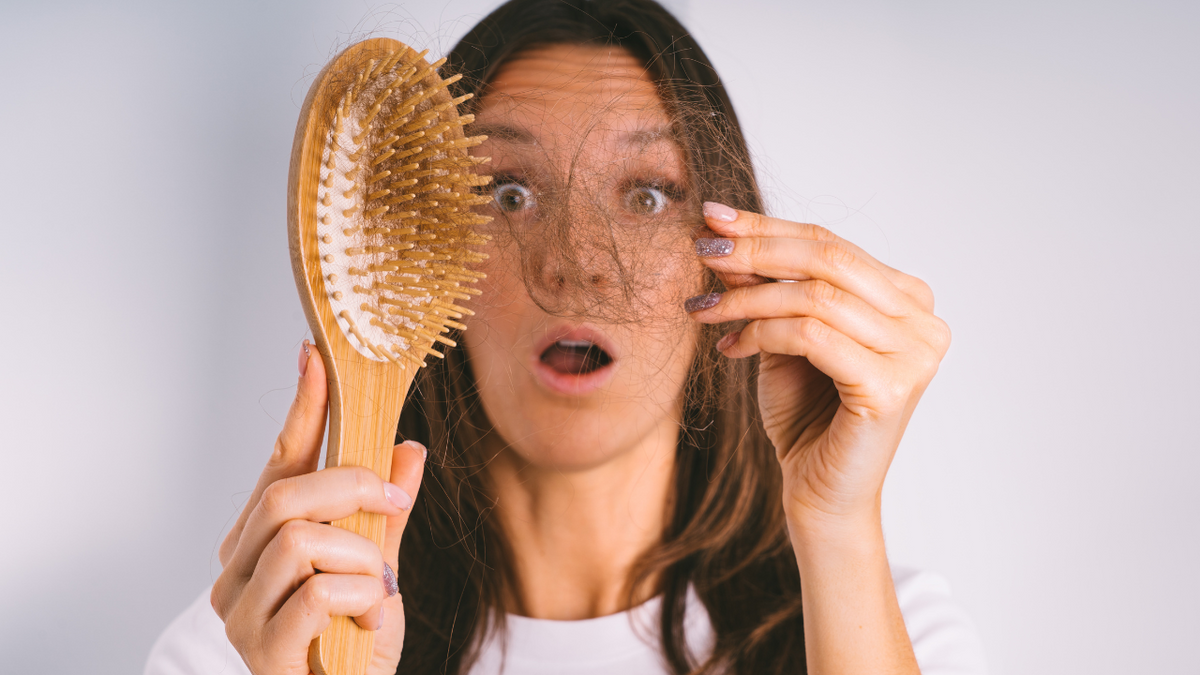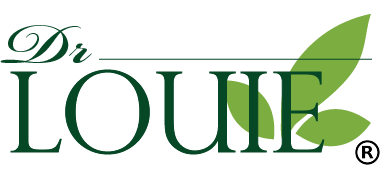
How to Prevent and Minimize Spring Hair Loss
|
Time to read 7 min


|
Time to read 7 min
As the seasons transition from winter to spring, many individuals find themselves grappling with a common yet often overlooked phenomenon: spring hair loss. This transitional phase, characterized by increased shedding of hair, can be unsettling for those experiencing it. In this comprehensive guide, we'll explore what spring transition hair loss entails, delve into the intricacies of the hair growth cycle, discuss factors contributing to this phenomenon, and provide practical tips to prevent and manage it effectively.
Spring-winter transition hair loss, also known as seasonal hair loss, refers to the heightened shedding of hair that occurs during the transition from winter to spring.
Just as the natural world undergoes a period of renewal during this time, our hair follows suit, shedding old strands to make way for new growth. This hair loss phase is a normal part of the hair growth cycle and typically occurs as the weather begins to warm and daylight hours increase.
It's a normal part of the hair growth cycle and typically occurs as temperatures rise and daylight hours increase.
Understanding the hair growth cycle is essential for comprehending spring hair loss.
The hair growth cycle consists of three main phases:
Anagen Phase
This is the active growth phase, during which hair follicles produce new hair cells. The length of the anagen phase varies from person to person and determines the length of individual hair strands. Having a longer anagen phase is generally considered beneficial for hair health and growth:
Catagen Phase
In this transitional phase, hair growth slows down, and the hair follicle shrinks. The catagen phase marks the end of active hair growth and prepares the follicle for the next phase.
Unlike anagen phase, it's better to have a shorter catagen phase than a longer one:
Telogen Phase
Also known as the resting phase, the telogen phase is when the hair follicle remains dormant. Old hairs are shed during this phase, making way for new hairs to emerge during the next anagen phase.
In general, a balanced and moderate duration of the telogen phase is considered optimal for healthy hair growth. Balancing the duration of the telogen phase with the other phases of the hair growth cycle (anagen and catagen) is essential for maintaining healthy hair growth and density. While a longer telogen phase may result in increased shedding during that period, it's often followed by the emergence of new, healthy hairs during the subsequent anagen phase. However, a significantly prolonged telogen phase or chronic telogen effluvium may lead to noticeable thinning or loss of hair density over time.
All three phases are affected by various factors, including genetics, hormonal changes, stress level, age, lifestyle, diet, medication, as well as environmental factors.
Now let's take a look at how seasonal shift from winter to spring affects each stage of hair growth.
Seasonal shift from winter to spring affects different phases of hair growth.
1) UV Radiation Exposure:
During the transition to spring, there's often an increase in UV radiation due to longer daylight hours and more time spent outdoors.
Excessive exposure to UV radiation can damage the hair cuticle, leading to dryness, brittleness, and increased susceptibility to breakage. In addition, UV radiation can also penetrate the scalp, causing oxidative stress and inflammation, which may disrupt the normal functioning of hair follicles during the anagen phase, cause premature entry into catagen phase, and prolong telogen phase.
2) Allergens and Pollutants
Spring is often associated with increased pollen levels and other environmental allergens, such as dust and pollutants.
Allergens and pollutants can irritate the scalp, leading to inflammation and potential disruption of the hair growth cycle.
Inflammatory responses triggered by allergens and pollutants may interfere with the normal progression of the anagen phase, resulting in decreased hair growth or increased shedding, as well as premature entry into catagen, and prolonged telogen phase.
3) Temperature Fluctuations
The transition from winter to spring can bring fluctuations in temperature, with warm days followed by cooler nights. Sudden changes in temperature can stress the scalp and hair follicles, potentially disrupting the anagen phase. This is especially the case with the kind of weather we've been having in Canada with abnormally high temperatures followed by sudden low temperatures.
In addition, temperature fluctuations may also affect blood circulation to the scalp, which is essential for delivering nutrients and oxygen to the hair follicles during the anagen phase, cause premature entry into catagen, and prolong telogen phases.
4) Scalp Irritation and Sensitivity
Individuals with sensitive scalps may experience irritation or discomfort in response to environmental changes during the spring transition.
This scalp irritation can lead to scratching or rubbing, which may damage hair follicles, interfere with the anagen phase, cause premature entry into catagen, and prolong telogen phases. Persistent scalp irritation can disrupt the balance of the hair growth cycle, leading to increased hair shedding or stunted hair growth.
Preventing spring hair loss involves a combination of proactive hair care practices, lifestyle adjustments, and addressing underlying factors that may contribute to hair loss during this seasonal transition.
Here are some tips to help prevent and minimize spring hair loss:
1) Maintain a Healthy Diet
2) Protect Your Scalp and Hair
3) Avoid Overstyling
4) Manage Stress
5) Regular Scalp Massage
6) Be Mindful of Hair Care Products
7) Consult a Healthcare Professional
By incorporating these preventive measures into your hair care routine and lifestyle habits, you can help minimize the risk of spring hair loss and promote healthy, resilient hair year-round.
If you have concerns about spring shedding or have any questions about the products and how to care for your hair, don't hesitate to start a live chat on our website. One of our friendly agents will be more than happy to assist you.